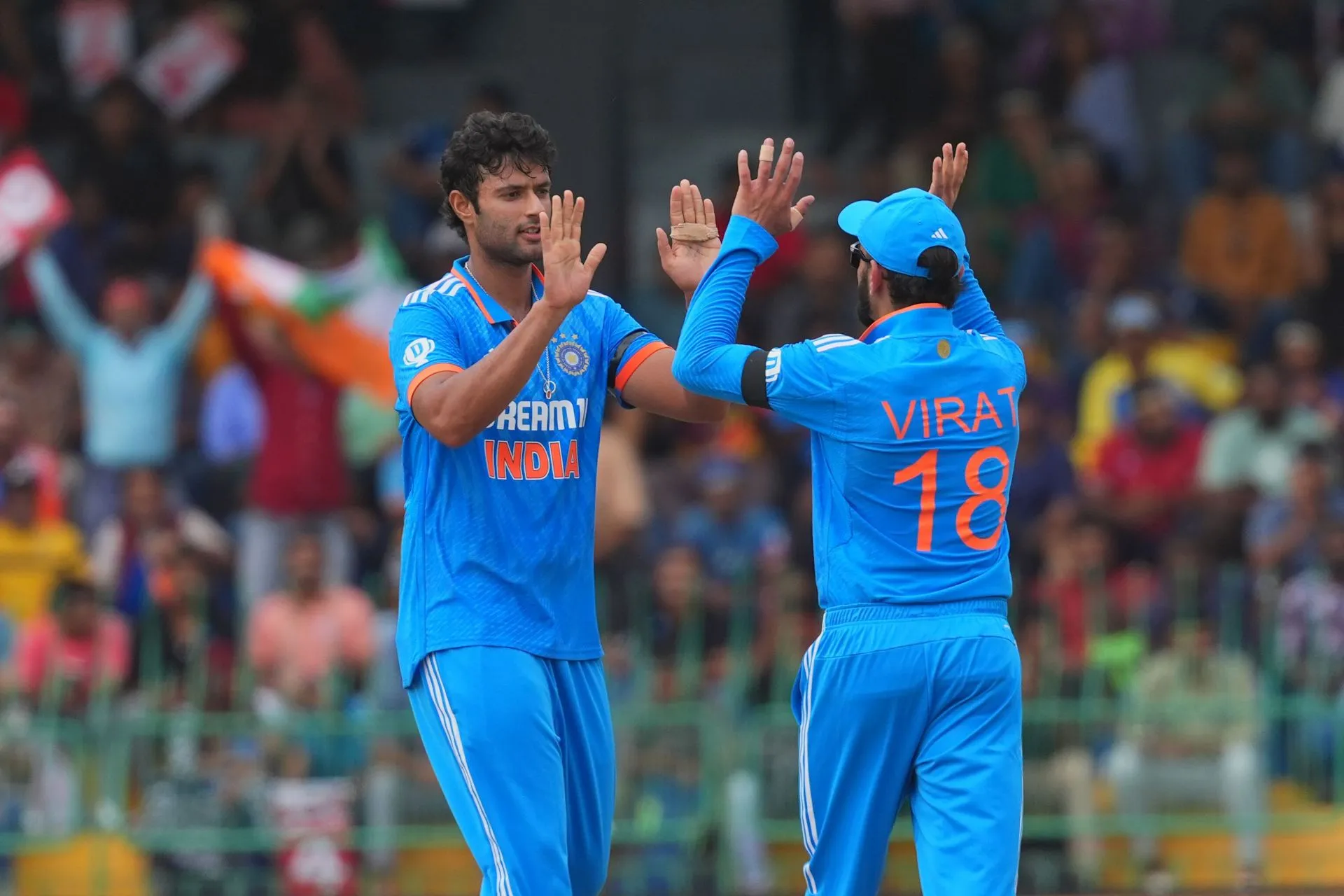
In the thrilling world of cricket, every match is a testament to strategy, skill, and sometimes, sheer luck.

The first One Day International (ODI) between India and Sri Lanka was no exception. It was a match that showcased the highs and lows of the Indian cricket team, marked by two notable mistakes and a brilliant masterstroke. Central to this narrative was the performance of Shivam Dube, particularly his adept strike rotation. Let’s delve into the nuances of this game, examining where India faltered and where they shone brightly.
The First Mistake: Misjudged Batting Order
India’s batting lineup has always been a topic of much discussion and scrutiny. In this match, the decision to send certain batsmen higher up the order backfired. The team management’s choice to experiment with the batting positions of some key players led to a lack of stability early in the innings. This disruption was evident as the top order struggled to find their footing against the disciplined Sri Lankan bowling attack.
The early dismissals of key players like Rohit Sharma and Shikhar Dhawan left the team in a precarious position. This miscalculation not only put pressure on the middle order but also allowed Sri Lanka to dominate the initial phase of the match. A more conventional approach, sticking to the established batting order, might have provided the team with the stability needed to build a strong foundation.
The Second Mistake: Ineffective Bowling Strategy
Cricket matches are often won or lost based on the effectiveness of the bowling attack. Unfortunately, in this ODI, India’s bowlers seemed to lack a cohesive strategy. The bowlers struggled to find the right line and length, allowing the Sri Lankan batsmen to score freely. The lack of early wickets meant that Sri Lanka was able to build partnerships and maintain a healthy run rate throughout their innings.
The decision to persist with certain bowlers despite their lack of effectiveness on the day was another questionable move. The failure to make timely changes and introduce variety in the bowling attack allowed the Sri Lankan batsmen to settle in and play their shots with confidence. This oversight in bowling strategy ultimately contributed to India conceding a higher total than they might have otherwise.
The Masterstroke: Shivam Dube’s Strike Rotation
Amidst the challenges and missteps, there was a shining beacon of hope for India – Shivam Dube. His performance, particularly in terms of strike rotation, stood out as a masterstroke. In a situation where the team needed to stabilize and rebuild, Dube’s ability to rotate the strike efficiently ensured that the scoreboard kept ticking. His intelligent shot selection and quick running between the wickets helped maintain the momentum.
Dube’s approach was a perfect blend of caution and aggression. By rotating the strike, he not only kept the pressure off himself but also allowed his partners to settle in and play their natural game. This strategy disrupted the rhythm of the Sri Lankan bowlers and prevented them from building sustained pressure. Dube’s performance highlighted the importance of smart cricket, where understanding the game situation and playing accordingly can make a significant difference.
Conclusion
The first ODI between India and Sri Lanka was a rollercoaster of emotions for Indian cricket fans. While the team made some crucial mistakes, particularly with the batting order and bowling strategy, there was also a brilliant masterstroke in the form of Shivam Dube’s strike rotation. This match served as a reminder of the complexities and unpredictable nature of cricket. As the series progresses, India will undoubtedly look to learn from their mistakes and build on their strengths, aiming to deliver a more balanced and commanding performance in the upcoming matches.
Leave a Reply